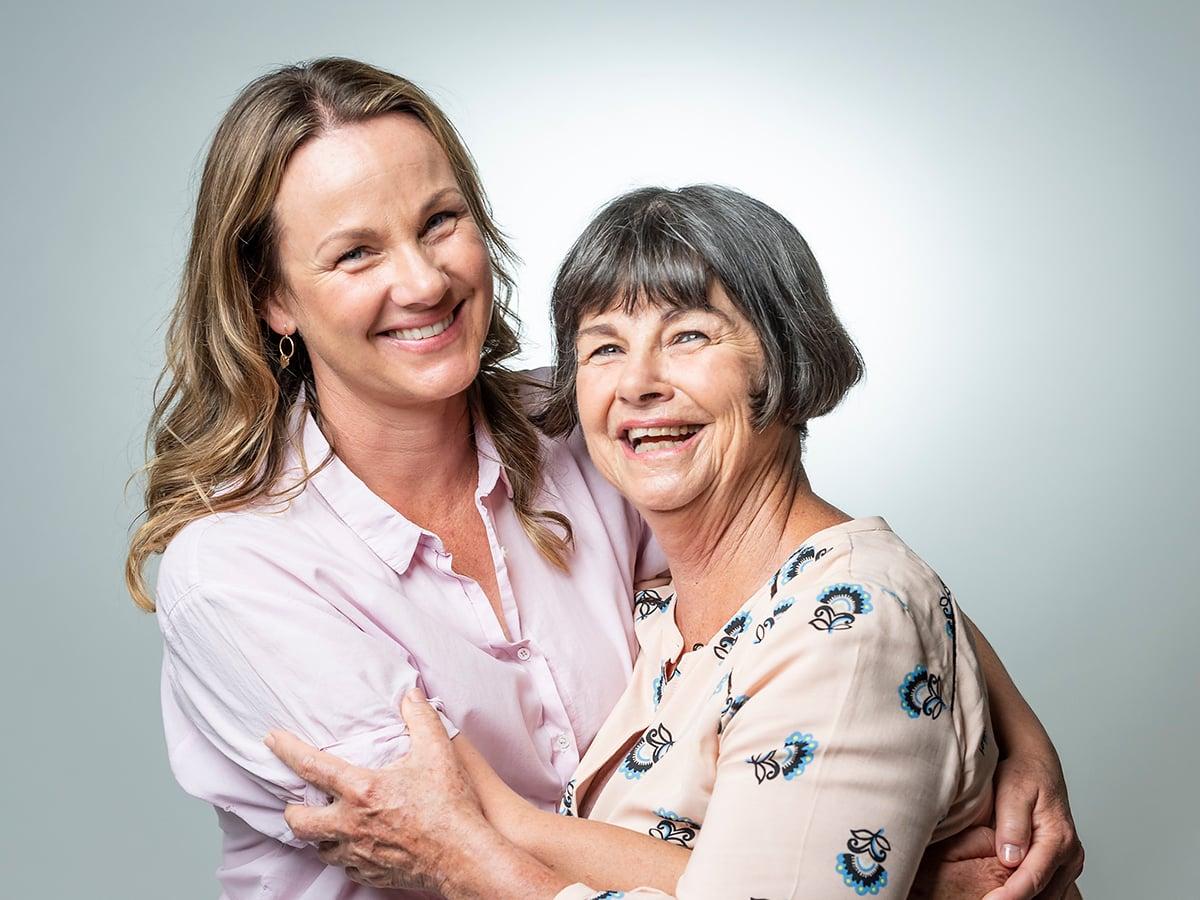Breast implants are not intended to be lifetime devices, with an estimated lifespan of 10 to 15 years. The risk of adverse events begins to accumulate as soon as the implants are inserted.
Although many women with breast implants will not experience any issues, there are some common and some less common complications that can occur. In 2019, the 3 most common complications for revision surgery were capsular contracture (37%), implant rupture (23%) and implant malposition (19%).
Women with breast implants are recommended to have annual reviews with their surgeon or GP to assess for complications for the duration of the breast implant.
Capsular contracture occurs when scar tissue that normally forms around the implant tightens and squeezes the implant resulting in progressive hardening, distortion and deformity of the breast. Severe capsular contracture can cause secondary implant rupture.
Capsular contracture is graded clinically using the Baker classification.
Breast Implant Rupture
All breast implants have an outer shell that can potentially develop a tear or hole i.e. a rupture. The risk of implant rupture increases as the implant ages and 50% of implants will show signs of loss of integrity at 10 years after surgery.
Implant rupture are classified into intracapsular and extracapsular rupture.
- Intracapsular rupture
means the implant has ruptured inside the tissue capsule which the body has formed around the implant. Intracapsular rupture is usually asymptomatic, meaning the breast and implant looks and feels normal. It is usually diagnosed incidentally on an ultrasound performed for other reasons.
- Extracapsular rupture
means the silicone has broken through the tissue capsule which the body has formed around the implant, and silicone can spread into the breast tissue or surrounding muscle. Extracapsular rupture can also be asymptomatic (known as silent rupture), but may result in breast pain, lumps in the breast or armpit or a change in size and shape of the breast.
An intracapsular rupture will eventually progress into an extracapsular rupture, but the rate of progression is unpredictable.
Implant rupture can be detected on ultrasound, and confirmed by MRI.
Ruptured implants can interfere with breast screening. Silicone deposits in the breast tissue may mask an underlying breast cancer. Mammograms may worsen the implant rupture due to pressure applied to the implant.
Generally, it is recommended that ruptured implants be removed.
Implant Malposition
The implant may move from its original pocket resulting in various deformities. This includes the double-bubble deformity, where the implant drops below the inframammary fold.
Breast Implant Cancer (BIA-ALCL)
Breast Implant Associated Anaplastic Large Cell Lymphoma (BIA-ALCL) is a rare cancer of the immune system that occurs only in women with breast implants. It is not breast cancer, but rather a type of lymphoma that grows in the tissue capsule which the body has formed around the implant.
The risk of BIA-ALCL is estimated to be between 1 in 1000 and 1 in 10000, meaning 1 woman will be diagnosed with BIA-ALCL for every 1000 to 10000 women with breast implants.
All Australian cases have occurred in women with textured implants (and no cases in women with smooth implants as of January 2020). The risk of BIA-ALCL is significantly higher for "macro" textured (e.g. Silimed Polyurethane, Allergan Biocell) compared to "micro" textured (e.g. Mentor Siltex) implants. BIA-ALCL occurs with both saline and silicone implants. There is no difference in risk in women who have implants for breast augmentation or reconstruction.
The main symptoms of BIA-ALCL are persistent breast swelling or pain. It can also present as a lump in the breast or armpit. Most cases occur between 3 and 14 years after surgery.
The first line investigation is a breast ultrasound to assess for the presence of fluid. If fluid is present, a sample will be taken to look for cancerous cells. Fluid collections (seroma) is common after breast implants and most are not BIA-ALCL. Mammograms are not helpful for the diagnosis.
Most patients with BIA-ALCL are cured by complete removal of the intact capsule with the implant contained inside, a technique known as total intact capsulectomy (or en-bloc capsulectomy).
It is currently not recommended that breast implants be removed in women without any symptoms. This is because:
- BIA-ALCL is considered relatively rare
- BIA-ALCL has a high rate of cure once diagnosed
- Any surgery and anaesthetic has risks
The Breast Implant Hub
by the Therapeutics Good Administration has information to support women with any concerns about their implants.


